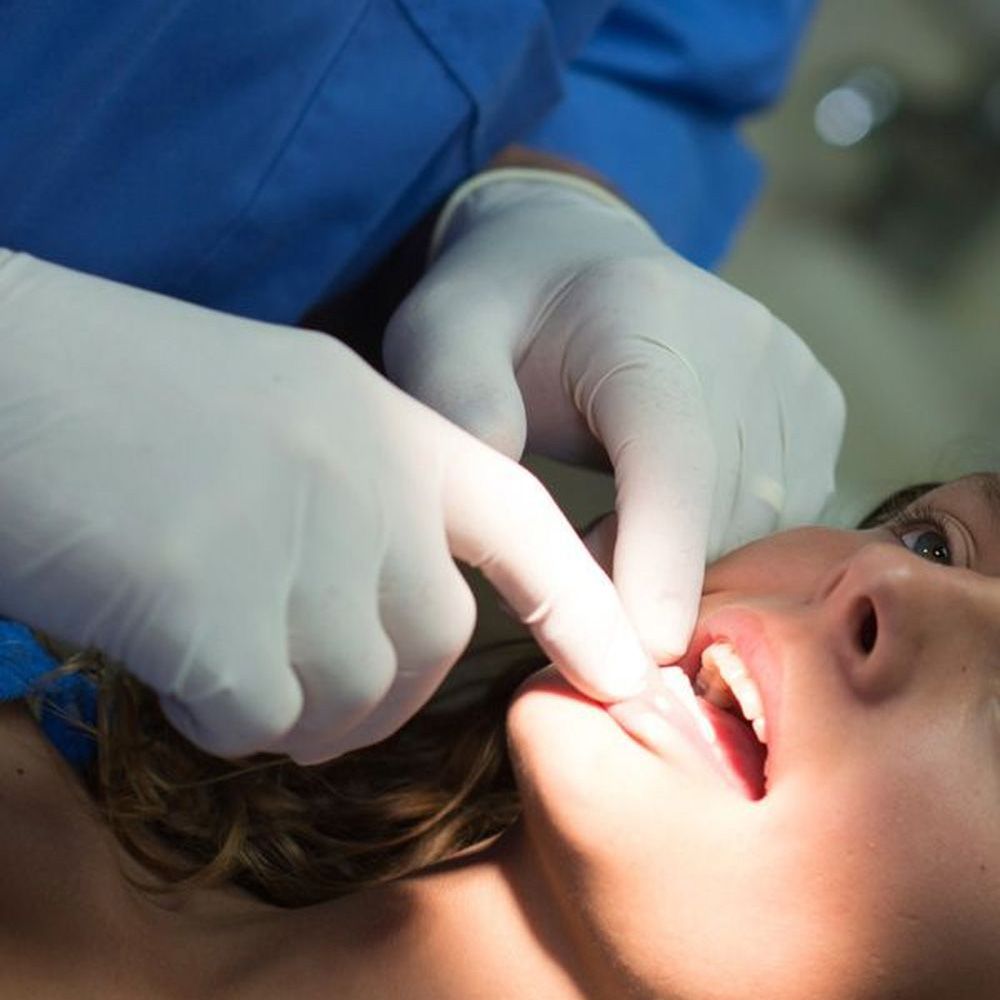Restorative Treatment for Tooth Fractures
 Oral injuries are a fairly common occurrence. These injuries may be the result of a fall, blow, or sports injury, or can just as easily be the result of biting down on a hard object. Whenever a chip, crack, or fracture develops, it is important to see the dentist to determine how serious the injury is. Dr. Everett E. Heringer offers a range of restorative dentistry treatments to address dental damage and restore oral strength and health. Dr. Heringer will determine the most appropriate treatment for tooth fractures for his Bismarck, ND patients based on the extent of dental damage. Here, we offer a brief overview of some of the most common treatments for tooth fractures.
Oral injuries are a fairly common occurrence. These injuries may be the result of a fall, blow, or sports injury, or can just as easily be the result of biting down on a hard object. Whenever a chip, crack, or fracture develops, it is important to see the dentist to determine how serious the injury is. Dr. Everett E. Heringer offers a range of restorative dentistry treatments to address dental damage and restore oral strength and health. Dr. Heringer will determine the most appropriate treatment for tooth fractures for his Bismarck, ND patients based on the extent of dental damage. Here, we offer a brief overview of some of the most common treatments for tooth fractures.
Dental Bonding
Dental bonding treatment allows Dr. Heringer to fill in and repair tooth fractures with a tooth-colored dental compound. This compound is shaped onto the teeth to repair chips, cracks, or fractures, and then hardened to form a bond with the natural tooth. Dental bonding is a fast and affordable way to repair dental fractures and restore the strength and beauty of a damaged tooth. However, dental bonding is only appropriate for the repair of minor fractures. If a fracture is superficial and only affects the tooth’s outer layer of enamel, dental bonding may be a suitable treatment option.
Dental Crown
A dental crown is often referred to as a dental cap, which is an accurate description. A dental crown sits over the crown of the tooth to provide protection on all exposed sides. This restoration offers more substantial repair than dental bonding and is an appropriate treatment for larger tooth fractures. If the enamel and dentin of the tooth are damaged by a dental fracture, a dental crown can still provide the appropriate level of care and protection that will preserve the natural tooth while avoiding more serious dental complications.
Root Canal Therapy
If a tooth fracture is deep enough that it reaches the pulp of the tooth, root canal therapy will be necessary. Root canal therapy can treat or prevent an infection of the nerves and tissues at the center of the tooth. During this procedure, inflamed tissue is removed from the center of the tooth, the root canals are cleaned, and a rubber compound is used to fill in the tooth. After ensuring that all signs of inflammation are gone, the treated tooth will be treated with a dental crown. This offers a final layer of protection against further injury or infection. Root canal therapy can save a tooth with a serious dental fracture.
Extraction
At Dr. Heringer’s dental practice, tooth preservation is our priority. However, there are rare cases that require tooth extraction. A severe fracture can damage a tooth all the way down to its roots. If the roots of the tooth are compromised, it is unlikely that the tooth will be able to be saved. In cases like this, it is often best to extract the tooth and provide the patient with a dental restoration that will restore the strength and structure of the mouth. In the event that extraction is necessary, Dr. Heringer offers a full range of missing teeth treatments, including dental crowns, dental bridges, and dental implants.
Contact Us
An oral injury can compromise the health and strength of the entire smile. Even if an injury seems minor, it is important to seek dental treatment as soon as possible. To learn more about the restorative dentistry treatments offered by Dr. Everett E. Heringer, contact us at your earliest convenience.


